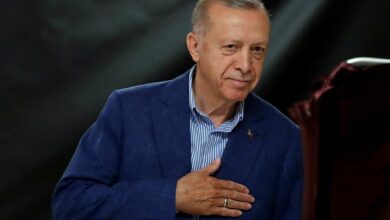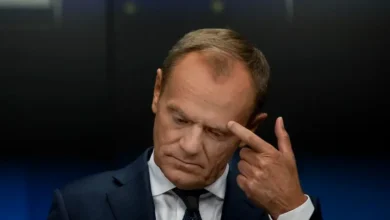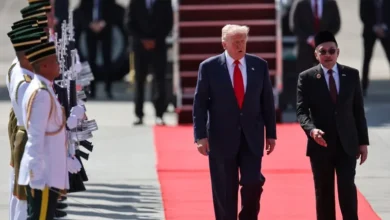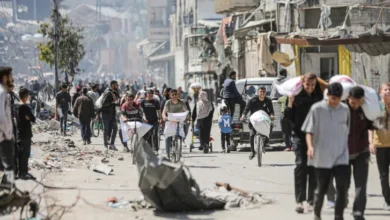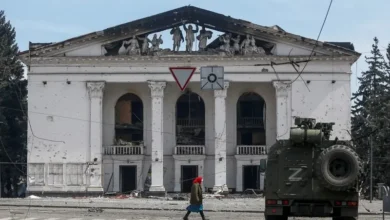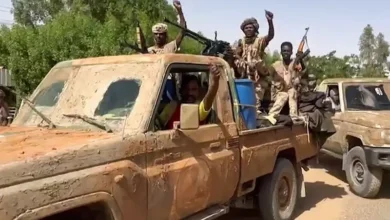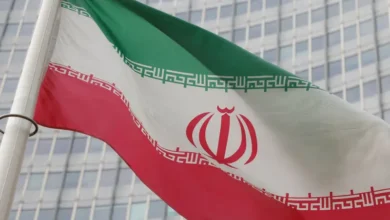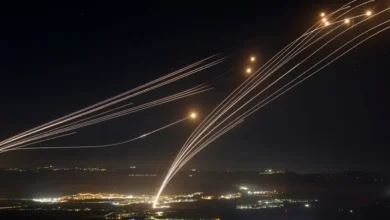Gaza’s mass graves: Is the truth being uncovered?
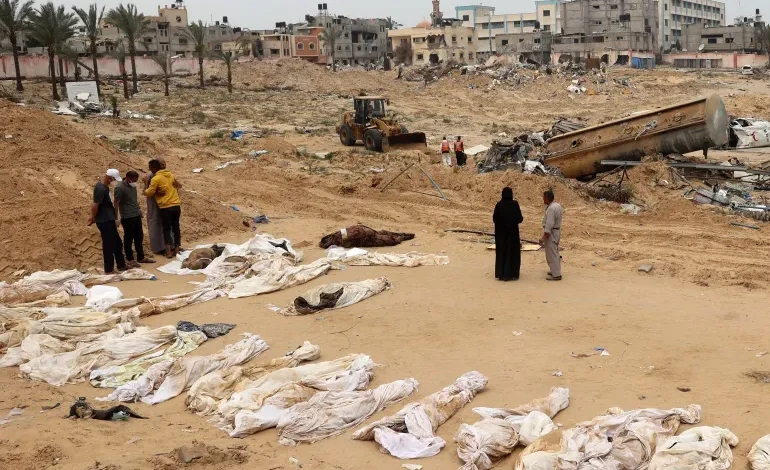
Palestinian emergency workers continue to uncover mass graves in and around three hospitals in the Gaza Strip, months after Israeli forces laid siege to them, claiming they were being used as Hamas command centres.
More than 500 bodies have been recovered with Palestinian officials saying several of them showed signs of mutilation and torture amounting to war crimes. Israel’s military has rejected the allegations as “baseless”, saying the bodies were buried by Palestinians during the fighting between Israeli forces and Hamas in the area.
How is evidence being collected from the mass graves?
Three mass graves have been found at the Nasser Medical Complex in Khan Younis, three at al-Shifa Hospital in Gaza City and one at the Kamal Adwan Hospital in Beit Lahiya.
Mohammad Zaanin, a member of the Palestinian Civil Defence in Gaza, told Al Jazeera on Thursday that a fourth gravesite containing 42 bodies had been found at al-Shifa Hospital. The bodies were decomposed and unrecognisable, but some had IDs on them or were identified by relatives from clothing remnants.
Civil Defence teams have been documenting the remains through photos and videos, working with little protective gear and no forensic equipment. “We have some body bags and a little equipment to protect our hands and noses, but in reality, this is a local effort, and it puts a lot of pressure on our team,” Zaanin said.
Is the evidence gathered reliable?
Mass grave investigations are typically a highly complex, lengthy and expensive process, requiring significant expertise and resources. The overarching operating principle underpinning the forensic scientific approach is “do no harm” because interference with the site may prejudice the evidence.
“The first reaction from pretty much everyone is to dig the bodies up because it’s a very emotional thing,” Stefan Schmitt, a forensic scientist at Florida International University who has investigated mass graves in multiple conflicts, told Al Jazeera.
“But bodies are safer underground when it comes to identifying them and determining what happened. Particularly in this case, where the truth is so incredibly important and where all sides are propagating their own version of the events, it’s especially important to be able to determine what really took place.”
